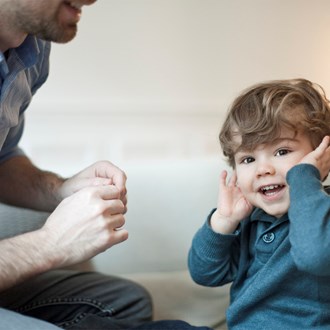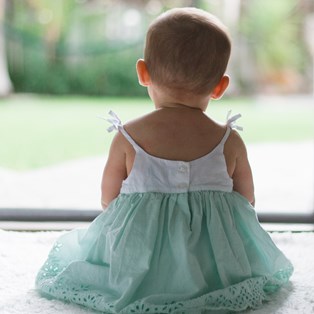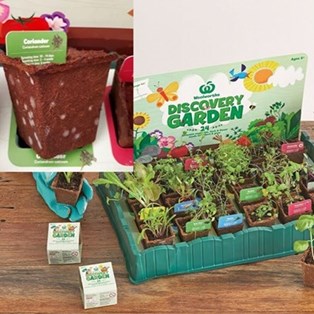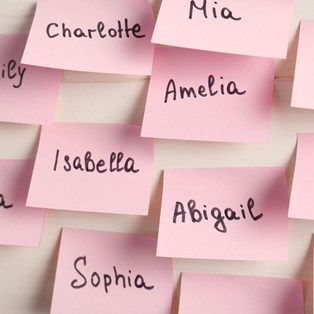Why you need to stop air-drying your hair immediately
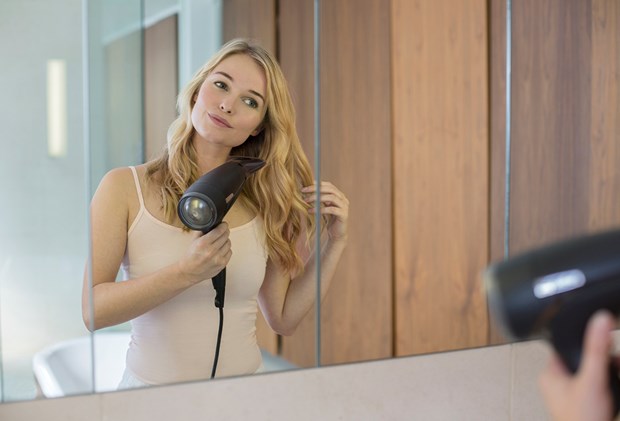
An expert reveals why it's so bad for you
By Laura Barry
September 12 2018
We all know that heat stylers such as hairdryers, straighteners and curling irons can damage our hair, but did you know that letting your hair dry naturally can be just as damaging?
Dr Tim Moore has a PhD in Microelectronics from Cambridge University and is the Chief Technology Officer at GHD, home of the infamous GHD hair straightener. In an article for the GHD website, Dr Moore says that he has discovered leaving hair to air dry naturally is actually more damaging than blow drying it, and that going to bed with damp hair will give you split ends.
Why using a hair dryer is better
Dr Moore explains that the moment water is applied to hair it is absorbed through the hard outer layers of the hair cuticle and into the centre cortex of the strand, which then swells up. Repeated swelling followed by slow drying (such as air-drying your hair) causes the cell membrane of the hair to crack, permanently damaging your luscious locks.
You’re better off drying your hair quickly with the dryer rather than going au natural.
Dr Moore also explains that brushing wet hair can tear water-weakened strands and cause instant breakage, while rubbing your hair with a towel to dry it can break weakened hair, and make it frizzy. Squeeze and scrunch the hair in the towel to absorb excess water instead, and detangle it with a wide-tooth wet-hair comb.
So what’s the best way to use your hair dryer?
Dr Moore writes that we should be drying our hair with the dryer on low heat and speed setting at first (so the hair doesn’t overheat) and dry it in sections. Don’t turn your hair upside down. Hold the dryer 15 centimetres from your hair and keep the dryer moving slowly and consistently, never staying on the one spot too long. As soon as your hair starts to feel warm, it should be 90 per cent dry and you can turn up the heat. Don’t forget to give your hair a cool blast of air at the end to ensure the hair’s internal bonds are remade.
This article originally appeared on Better Homes and Gardens.



